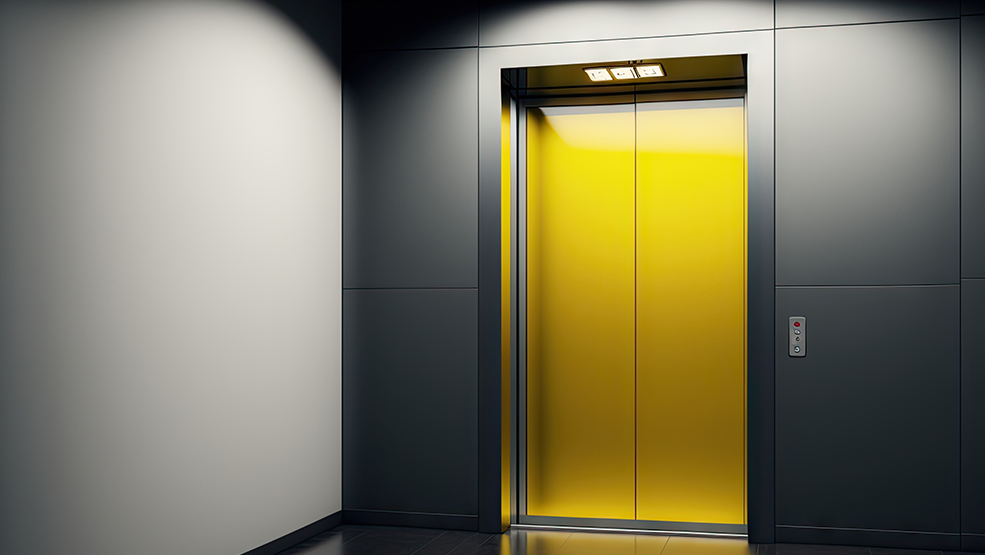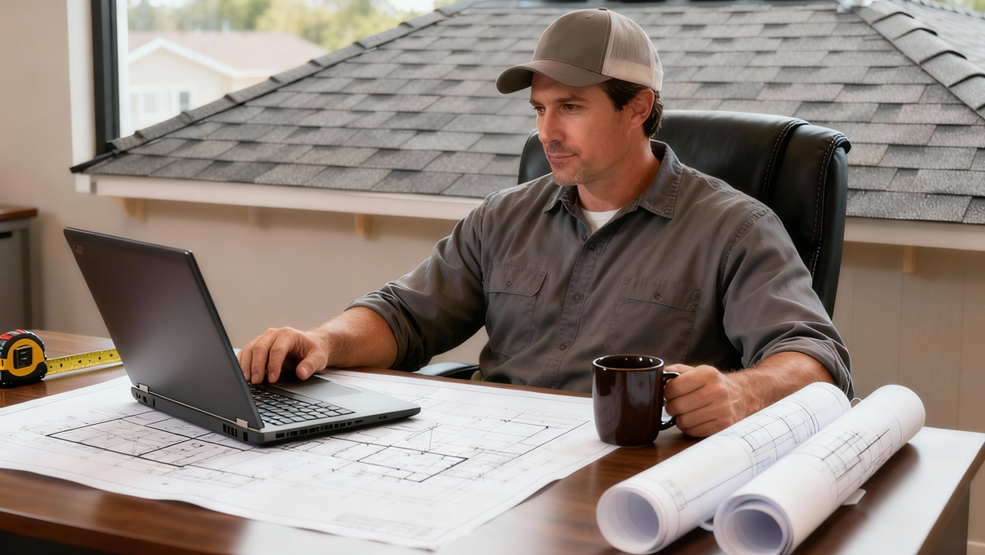The crucial role of elevators is hardly noticeable—until it isn’t! Let’s imagine a commercial building without elevators. Inconvenience is the first thing that pops in our minds, right?The truth is without elevators, many commercial buildings are barely manageable. It’s no surprise that the development of tall buildings and skyscrapers would have been impossible without elevators.
Let us look back. Elevators have evolved with enhanced safety and convenience. So, how do you pick a particular elevator type for your commercial building among the various elevators available.
Read this article as we walk you through different types of elevators based on their mechanism and function. We will also cover their various commercial applications.
Different Types of Elevators Based on their Working Mechanism
No matter what industry you are in, the importance of elevators and learning what types of elevators are available is necessary when deciding which elevator is most suitable to your unique business needs.
Hydraulic Elevators
Hydraulic elevators use pressurized fluid to move up and down. With the help of hydraulic jacks, movement of the the elevator can be controled.
The elevator controls in the vehicle activate the pump, which is responsible for pushing the oil. When a floor reaches, the pump turns off.
When the pump activates, it pushes the piston to raise the lift. The valve opens, and allowing oil to flow back into the reservoir, and with the help of gravity, the lift car goes down.
Advantages:
- Occupies a little space above the elevated shaft to hold machinery
- No need for any kind of reinforcement, as the floor supports the system
- Easier and quicker to install than other elevator types
- Budget-friendly to install and needs low maintenance
- Suitable for transporting a heavy load
Usage:
- A great choice for budget-friendly commercial properties
- Suitable for low to mid-rise commercial buildings
- Suitable for commercial construction projects
Traction Elevators
Traction elevators—gearless traction elevators—involve lifting using ropes and a pulley system.
A counterweight is used to balance the weight of the lift car. Usually, an electric motor is attached to a toothed pulley, and a rope looped over it. The rope is attached at one end to the elevator car; the other end is attached to a counter weight.
When the elevator is required to reach a floor level, the motor turns the pulley, the wheel moves and pulls the rope, and moves the elevator car.
Advantages:
- They can even be used for buildings above 60 feet
- They are more energy-efficient than other types of elevators
- They are high-speedy and offer smooth and comfortable rides
Usage:
- Commonly used for high-rise buildings
- Used by commercial buildings, including hospitals
- Suitable for transportation hubs and industrial facilities
Machine Room-Less Elevators
The difference between other and machine room-less elevators is that they do not require separate machine rooms to install elevator drives and machinery components. This type of elevator is somewhat similar to a traction elevator but varies with technology.
Machine room-less elevators use a gearless traction machine positioned in the hoistway. With the help of a counterweight, the machine cranks the elevator pulley, which pushes the car through the hoistway.
Advantages:
- More saved space and less and simpler installation due to simpler construction
- More environmentally friendly as there is no need for hydraulic oil
- Energy efficient, safe, and reliable
Usage:
- Airports and transportation cabs
- Hospitals and educational institutions
- Retail spaces
Vacuum Elevators
A vacuum elevator uses air pressure to gently raise the elevator car instead of pistons and cables used, which are used in other types of elevators. It takes up less space and does not need any heavy equipment like others.
How does it work?
The vacuum air-driven home elevators utilize changes in the air pressure mechanism — which helps the elevator car to move up and down through the air suction.
The elevator car is usually airtight and operates through a vacuum pump. The vacuum pump releases air from the car to move the elevator up. And, to move down, the vacuum pump equalizes the air pressure.
Advantages:
- They have a compact design, require minimal maintenance, and lesser space for installation
- They can be installed at any location of the building, including the interior spaces, improving the aesthetic value of any building
- They do not require cables and pulleys, so they are energy efficient
Usage:
- They are suitable for space-saving commercial buildings such as shopping complexes and small offices
- They are commonly used in duplex apartments and villas
Different Types of Elevators Based on their Application
Elevators are classified into how they are used for different purposes. Some elevators are used only in industrial applications, and others are intended for use only in common commercial buildings. Here we go, learn which elevator is suitable for your business applications.
- Passenger Elevators
Passenger elevators are used for the transportation of common people in commercial buildings. These are specifically designed with required weight capacities to carry people and small goods. Additionally, they are supported with enhanced safety features, including handrails and emergency support systems. They are highly customizable based on business preferences. And also vary in size, weight limit, speed, and interior based on the needs.
- Service Elevators
Service elevators are commonly used for transporting goods and equipment in commercial buildings. They are robust and designed to carry higher-weight capacities to carry heavier loads, allowing the smooth transportation of bulkier loads easily. These are generally seen in commercial buildings like hotels, hospitals, and more — making moving goods from one floor to another more convenient and effortless.
- Freight Elevators
Freight elevators are also known as cargo elevators. They are designed to handle higher weight capacities and accommodate larger dimensions than other elevators—making it easier to carry much heavier loads. We see these types of elevators in warehouses, industrial sites, and other places where there is a need to move people or goods between different levels.
- Dumbwaiter Elevators
A dumbwaiter is a very small freight elevator — making it easier to move things upstairs and downstairs. It is used only for the transport of objects, foods, and dishes in restaurants. These elevators are used mostly in residential apartments, schools, and office buildings.
- Boiler Hoists
Boiler hosts or material hoists — are used in construction sites for vertical transportation of heavy materials, equipment, and supplies. They are used to transport heavy loads between various floors or levels of construction site buildings. These types of elevators are highly safe, reliable, and effective ways of transferring heavy components without compromising productivity.
Conclusion
Each elevator’s properties are as unique as the commercial buildings it inhabits. Without the presence of elevators, the buildings of today would be very different indeed. Hopefully you now have a better sense of the different types of elevators available, what their properties are and what might be most appropriate to your application.
Please let us know in the comments if you need us to include anymore information. Stay in the loop to learn more tips on field service.



